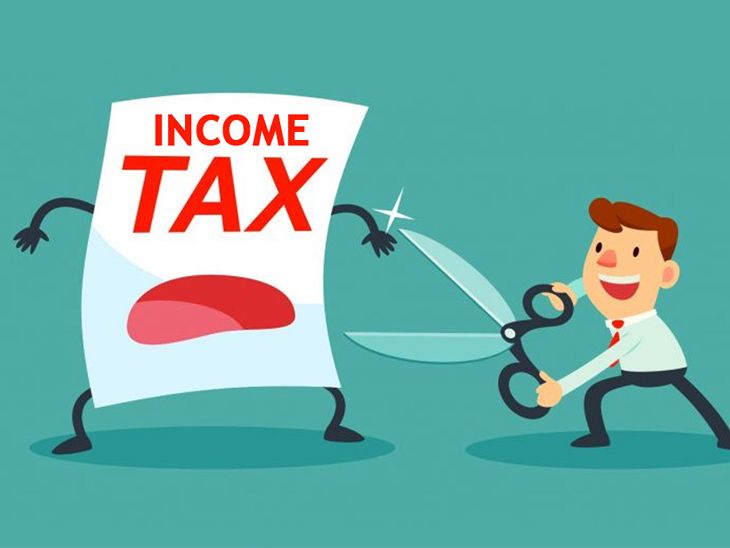There are less than 3 months left to close the 2024-25 financial year. In such a situation, if you have not yet done tax saving planning, you can still invest from this perspective. If you want to save tax and invest somewhere where your money is safe, the Post Office’s Tax Savings FD (5-year FD) and National Savings Certificate (NSC) program can help. agree.
In the NSC scheme, 7.70% interest is available every year along with tax exemption. The investment in the NSC program must also be made over 5 years. Here, apart from the National Post Office Savings Certificate Scheme, we also tell you how much interest major banks in the country are offering on 5-year tax saving FDs.
National Post Office Savings Certificate
An annual interest of 7.7% is given on investment in the National Savings Certificate (NSC) of the Post Office. Under this, interest is calculated on an annual basis, but the interest amount is paid only after the investment period. To open an NSC account, you must. at least An investment of Rs 1000 must be made. This account can be opened in the name of a minor and a joint account can also be opened in the name of 3 adults. Its maturity period is 5 years. Before that, you cannot exit the program. The amount deposited in the National Savings Certificate enjoys tax exemption under Section 80C of Income Tax. You can invest any amount in NSC. There is no maximum investment limit in this area. Click here for more information on these programs
Tax exemption benefit available on 5-year FD The FD tax savings matures in 5 years. By investing in this area, you can claim a deduction of Rs 1.5 lakh from your total income under section 80C of the Income Tax Act. Understand it in simple language, you can reduce up to Rs 1.5 lakh from your total taxable income through section 80C.
It is important to keep these 3 things in mind before investing money in FD
1. Don’t invest the entire money in one FD If you are planning to invest Rs 10 lakh in one FD in a bank, instead invest 9 FDs of Rs 1 lakh and 2 FDs of Rs 50,000 each in more of a bank. .invest in. With this, if you need money in between, you can arrange the money by breaking the FD halfway as per your requirement. The rest of your FD will remain safe.
2. Withdrawal of interest: Previously, in banks, there was the possibility of withdrawing interest on a quarterly and annual basis. Now in some banks a monthly withdrawal can also be made. You can choose it according to your needs.
3. Also check the loan interest rate available against FD. You can also take a loan against your FD. Under this, you can take a loan up to 90% of the value of the FD. Suppose the value of your FD is Rs 1.5 lakh, then you can get a loan of Rs 1 lakh 35,000. If you take a loan against FD, you will have to pay 1-2% interest more than the interest you receive on term deposits. For example, suppose you get 6% interest on your FD, then you can get a loan at an interest rate of 7-8%.
4. Senior citizens get more interest: Most banks offer up to 0.50% more interest on FD to senior citizens. In such a situation, if there is an elderly person in your house, then you can earn more profit by getting an FD established in their name.

